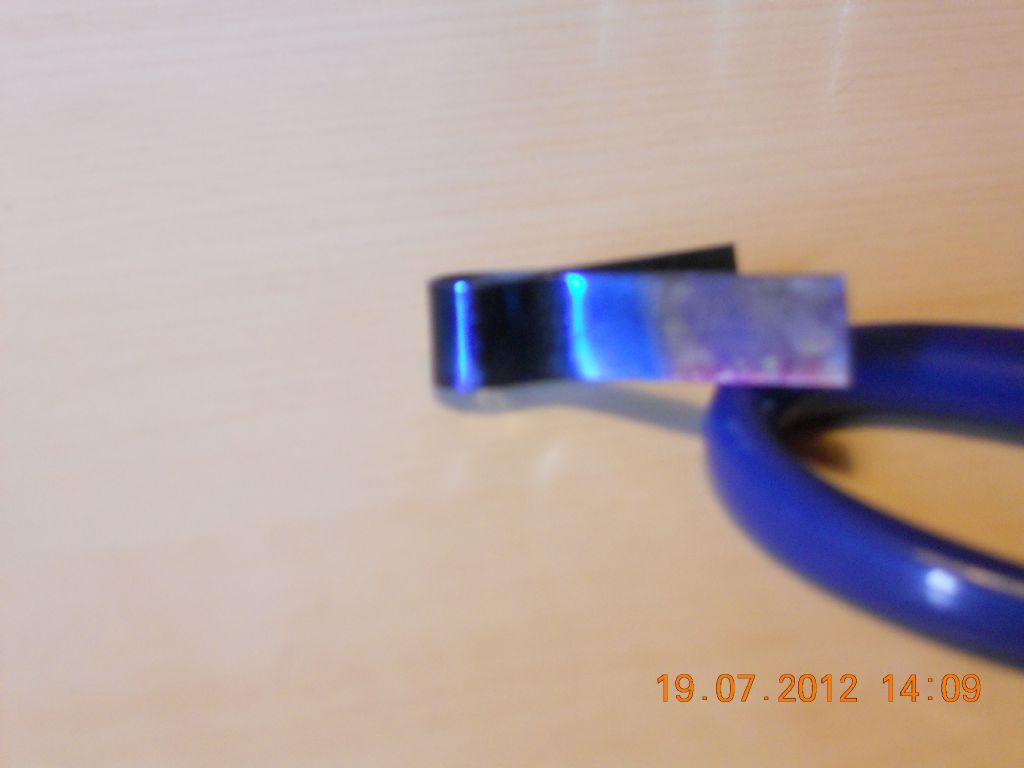How I love the ability that we all have to mislead ourselves.
David is quite right in one respect, the OP was asking about where I would get a home workshop sized supply of salts that I could melt and hold at a temperature that would temper a piece of steel that had been through hardened by quenching either in an aqueous bath or an oil bath.
Pinched from Wiki :-
“ For metals, tempering is usually performed after hardening, to reduce some of the excess hardness, and is done by heating the metal to a much lower temperature than was used for hardening. The exact temperature determines the amount of hardness removed, and depends on both the specific composition of the alloy and on the desired properties in the finished product.” (I underlined the bit about temperature.)
I’m not sure David is right about Springbok’s confusion. To the best of my knowledge Cyanide baths for heat treatment are not aqueous but are molten salts usually at 800/900C and are used for case hardening where the salt increases the carbon content of the steel on the surface.
By way of clarification for some of the community I offer the following explaination:-
Steel is an alloy of Iron and Carbon in its simplest form.
Steel with a carbon content of above 0.40% (En8 in old speak or 1040 American speak) is capable of being hardened by heating to a temperature of around 850C and then quenching to reduce the temperature very rapidly. This makes the steel very hard but brittle. The brittleness can be reduced by tempering (see above).
In simple terms the higher the carbon content ( upto 1.0%) the harder the steel will be. This process is generally known as hardening and tempering..
Steel with a carbon content of less than 0.40% is known as mild steel and as such cannot be through hardened.
Case hardening of mild steel is a process by which mild steel can be given a very hard surface. This is done by increasing the carbon content at the surface of the steel and usually at very high temperatures then quenching. The high carbon bit of the steel at the surface then becomes very hard and the low carbon bit in the middle remains soft thus the component its self is tough in the middle.
The carbon enrichment of the surface is achieved by several methods whereby the steel is intimately surrounded by a compound which, when heated, to the magic temperature releases some of its carbon into the steel.
Summing up we can “through harden” for steel with sufficient carbon content and “case harden” steels with low carbon content.
This is a huge simplification (alloy steels have been ignored for instance) but I hope that it clarifies things a bit for those who are new to engineering and the influence of metallurgy on what we do.
For those on this forum, of which I expect are the majority, who are more knowledgeable than I, I beg your indulgence.
David Littlewood.





